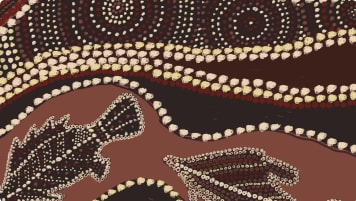Budj Bim Cultural Landscape, Victoria
Article for escorted small group tour about this program visiting UNESCO World Heritage sites in Victoria, South Australia & NSW. Exploring and learn about Budj Bim cultural landscape for mature and senior travellers .
8 Jan 21 · 5 mins read

Budj Bim Cultural Landscape, Victoria
In 2019, the Budj Bim Cultural Landscape was included on the UNESCO World Heritage List, the first site to be included solely on the grounds of its Aboriginal cultural importance. Dating back at least 6600 years, the budj bim landscape and eel trap network is one of the world’s oldest and most extensive examples of aquaculture and is regarded as being of high Aboriginal cultural.
The Budj Bim Cultural Landscape:
The Budj Bim Cultural Landscape is located within the traditional country of the Gunditjmara Aboriginal people , in southwest Victoria, north of the Great Ocean Road. The site centres around the dormant volcano Budj Bim, formerly known as Mt Eccles.
Budj Bim (Mount Eccles) in South West Victoria was formed by series of volcanic eruption around 27,000 years ago. The volcano erupted at least 10 times, with the most recent eruption dating to around 7000 years ago. The tyrendarra Lavaflow from Budj Bim spread over 50 kilometres to the south, creating a landscape rich in lakes, ponds and swamps – including Tae Rak (Lake Condah) and the Condah Swamp – all rich in aquatic life.
This allowed the Gunditjmara clans to create a complex set of fish trap and eel trap creating stone structures, drawing upon their knowledge of the seasonal rise and fall of water levels and of the geologic processes that surrounded them. They dug shallow channels – some up to 200 metres long – into rock in order to divert water, and used volcanic rock to build V-shaped traps and weirs. It is these structures including stone houses and archeological evidence of how the indigenous people, the Gunditjmara traditional owner built and managed the Budj bim eel traps for the purpose of eel farming.
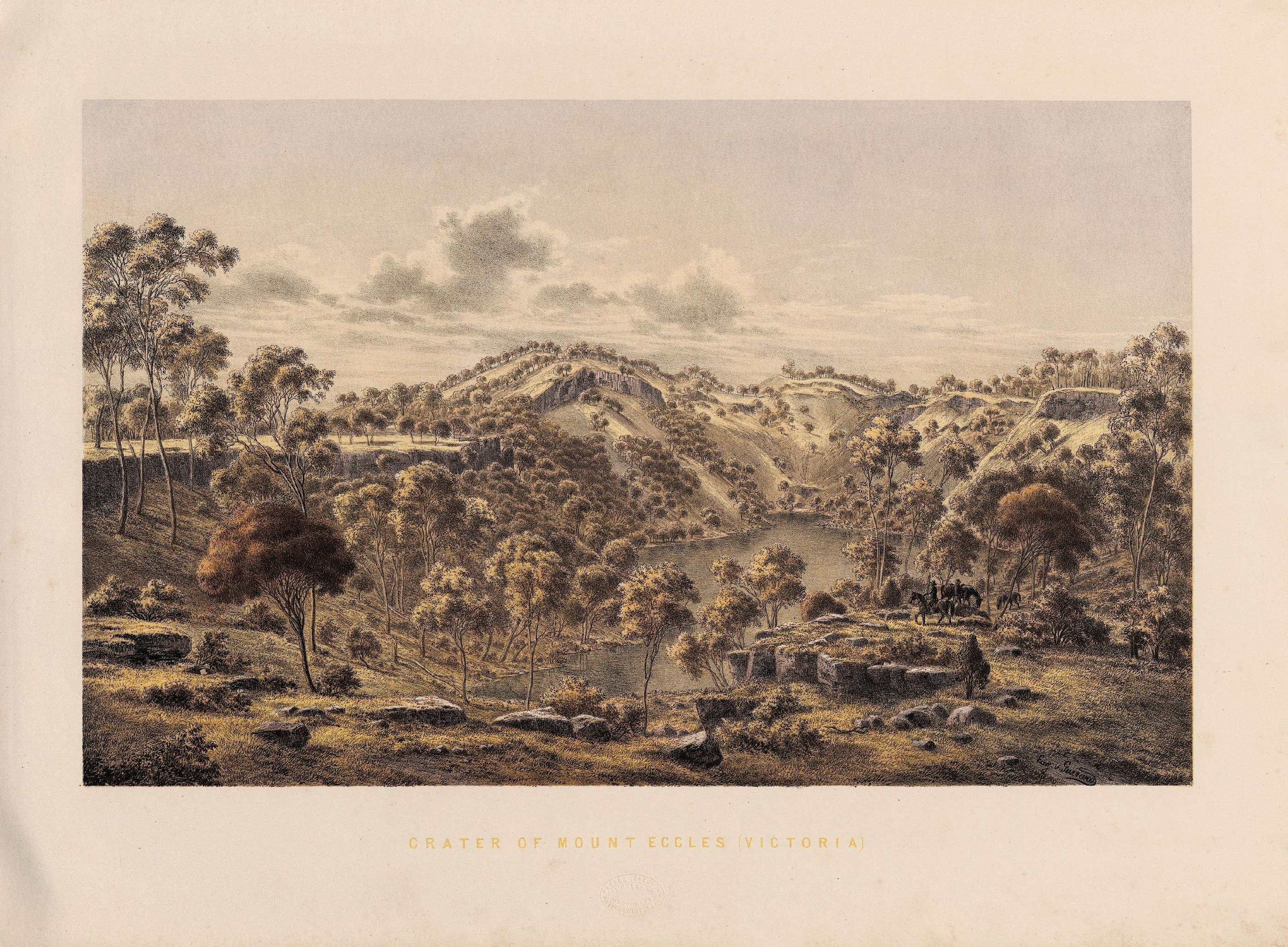
The complex system of water channels allowed the Gunditjmara clans to control water flows, enabling them to systematically trap and store kooyang (short-finned eel or Anguilla australis ). The Gunditjmara traditional owner also constructed long eel baskets, made of river reeds and steel grass, to regulate and trap the eels according to their size.
As UNESCO writes, ‘The highly productive aquaculture system provided a six millennia-long economic and social base for a Gunditjmara person and society.’ Some eels were kept alive and grown fat in holding ponds, to be eaten later. They were also preserved by smoking in the hollows of large trees.
A valuable commodity, the eels were traded with other Aboriginal language groups, bringing prosperity to the Gunditjmara group. There is evidence of permanent stone dwellings near the traps, indicating that a village was set up nearby. The site – along with other cultural sites around Australia – busts the myth that all Aboriginal people were nomadic hunter-gatherers.
The Budj Bim Cultural Landscape is intwined with Gunditjmara cultural tradition. The dynamic relationship between the Gunditjmara and their land is ongoing, passed down through oral history, cultural practice, and confirmed by scientific and historical research. The Gunditjmara have what UNESCO refers to as a ‘deep time’ conception of their cultural landscape.
For the Gunditjmara, deep time refers to the idea that they have always been there. From an archaeological perspective, deep time refers to a period of at least 32,000 years that Aboriginal people have lived in the Budj Bim Cultural Landscape.
Budj Bim figures heavily in he Gunditjmara creation story. Thirty thousand years ago, their ancestors watched the eruption of the Budj Bim volcano, where the Ancestral Being, Budj Bim (‘Big Head’) transformed himself into the landscape.
The road to UNESCO World Heritage Status:
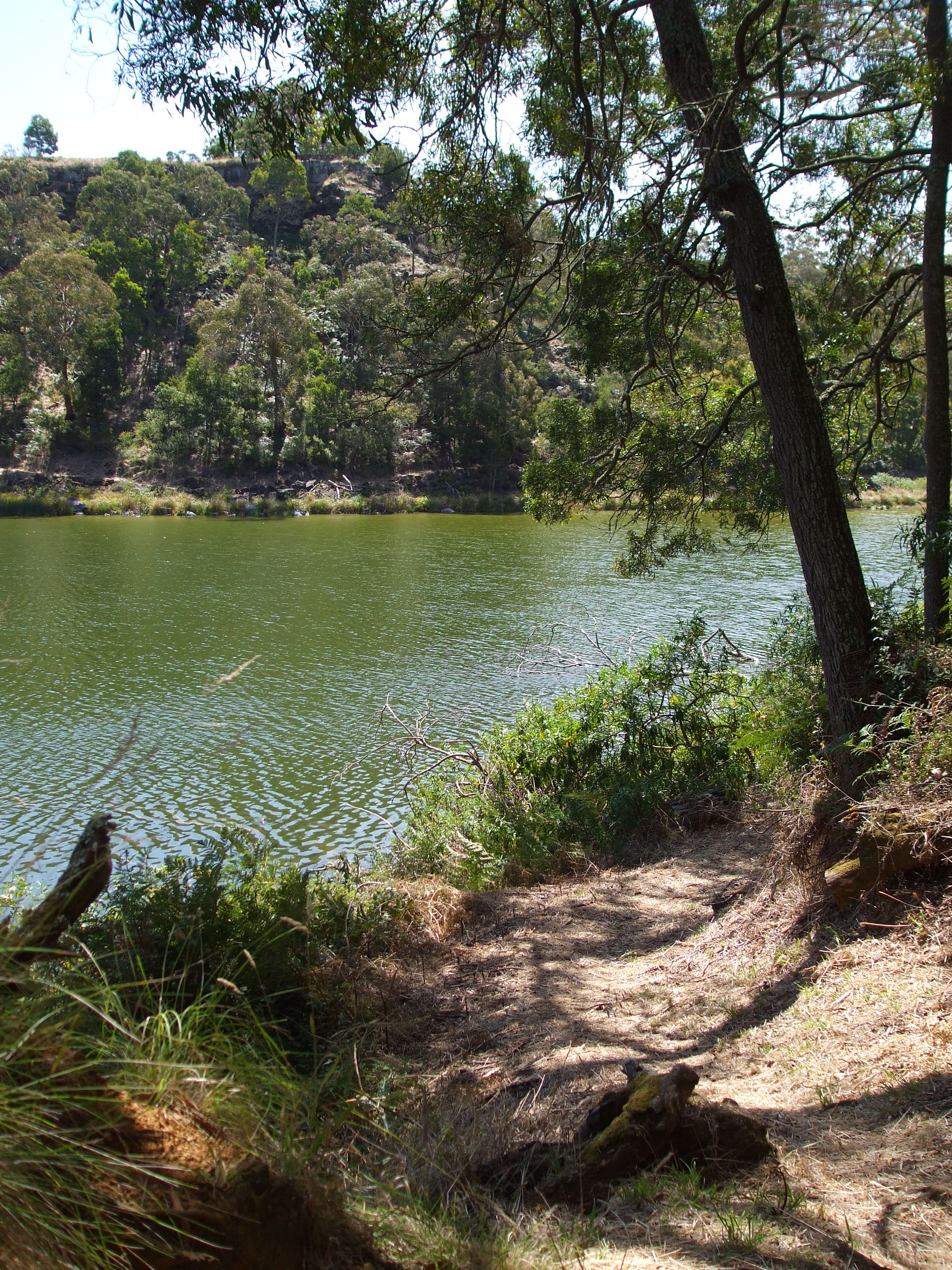
Tragically, European colonisation would threaten the Budj Bim cultural landscape. From around 1810, the seasonal presence of whalers and sealers would impact the Gunditjmara people. Following Edward Henty in 1834, European settlers began to arrive in the Portland Area.
The 1840s would see the outbreak of the Eumeralla Wars, a tragic convict between the Gunditjmara people and settlers – with the result that by 1846, Gunditjmara resistance was suppressed. In the 1850s, Aboriginal people across Australia were increasingly moved into church-run missions. Framlingham Mission opened further west, but the Gunditjmara people campaigned to stay in their traditional land. In response, Lake Condah mission opened in 1867.
The mission was officially closed in 1918, and the mission lands returned to the Gunditjmara people in 1987.
The campaign to have the Budj Bim site listed on the UNESCO World Heritage Register began in 2002. Raising knowledge of the importance of the site, the Gunditj Mirring Traditional Owners Corporation succeeded in having Budj Bim listed on the Australian Heritage Register in 2004.
With the support of state and federal governments, Gunditjmara traditional owners prepared a report detailing the archaeological and cultural importance of the site. It was presented to the 43rd session of the World Heritage Committee in Baku, Azerbaijan, in June-July 2019. Awarded World Heritage Status, the site joins over twenty other Australian locations on the list.
Tour the Budj Bim Cultural Landscape
Odyssey Traveller visits a number of these important sites – incuding Lake Mungo and the Budj Bim Cultural Landscape – as part of our new tour of the Southern States of Australia. Focusing on New South Wales, Victoria, and South Australia, our tour gets away from Sydney, Melbourne and Adelaide and casts these states in new light, exploring the little-known places where the three states meet.
Our tour of Southern Australia begins in Adelaide. The trip then heads to the historic shipping town of Port Fairy on the Southern Ocean coastline, stopping for a night in Mount Gambier on the way. The following day, we enjoy a day tour of the Budj Bim Cultural Landscape, learning about Aboriginal culture and aquaculture with a local tour guide.
Following this, we head further into central Australia, visiting the Naracoorte Caves Park, a UNESCO site home to the fossils of ancient megafauna – recognisable wildlife, such as kangaroos, lions and wombats, on a grand scale. Our southern Australia tour then heads further into the Australian outback, visiting the spectacular scenery of the Willandra Lakes, home to Mungo Lady and Mungo Man. From here, our Australia tour heads to the Murray River town of Mildura, where we enjoy a short paddle steamer trip, before we head to the quintessential outback city of Broken Hill. From Broken Hill, our tour heads back to South Australia, visiting the railway centre of Peterborough and the small town of Burra.
Travellers with an interest in learning more about the Aboriginal heritage of Austrlaia may want to check out our other outback Australia tours, which include visits to the important cultural site of Wilpena Pound on our tour of the Flinders Ranges; to ancient rock art in the Kimberley, Western Australia; and to the Brewarrina Fish Traps in outback Queensland.
Every Odyssey guided tour is designed especially for mature and senior travellers, who want an authentic and informed experience of their destinations. Our tours aren’t the typical tourism Australia holiday – Blue Mountains, the Great Barrier Reef, and the penguin parade on Port Phillip Island. Instead, we pride ourselves on getting of the beaten path and making you think about Australia and New Zealand in new ways. We explore the trading history of the Victorian colony, view Arts and Crafts mansions in the South Australian Adelaide Hills, and learn about the emergence of Australia‘s primary industries of mining and agriculture on our tour of Outback Australia.
Articles about Australia published by Odyssey Traveller:
For all the articles Odyssey Traveller has published for mature aged and senior travellers, click through on this link.
External articles to assist you on your visit to Victoria:
- UNESCO: Budj Bim Cultural Landscape
- Budj Bim Cultural Landscape
- Regional Spotlight: Budj Bim Cultural Landscape
- Gunditj Mirring Traditional Owners Corporation
- Ancient Indigenous aquaculture site Budj Bim added to UNESCO World Heritage list
- Fish traps and stone houses: New archaeological insights into Gunditjmara use of the Budj Bim lava flow of southwest Victoria over the past 7000 years
Related Tours

days
Mar, May, Aug, Sep, Oct +2Small group tour of World Heritage sites and more in the Southern States of Australia
Visiting New South Wales, South Australia
Discover the World Heritage Sites of the southern states of Australia travelling in a small group tour. A journey of learning around the southern edges of the Murray Darling basin and up to the upper southern part of this complex river basin north of Mildura. We start and end in Adelaide, stopping in Broken Hill, Mungo National Park and other significant locations.

days
Feb, Mar, May, Jul, Sep +2Guided small group motorcycle tour of World Heritage sites in Victoria and South Australia
Visiting
Discover the World Heritage Sites of the southern states of Australia travelling in a small group tour of like minded motorcyclists. A journey of learning around the southern edges of the Murray Darling basin and up to the upper southern part of this complex river basin north of Mildura. We start and end in Adelaide, stopping in Broken Hill, Mungo National Park and other significant locations.
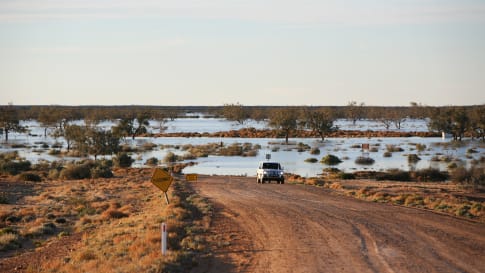
65 days
MarLong tour of Australia for a small group
Visiting New South Wales, Northern Territory
Small group tour for senior couples and solo travellers touring Australia. Travelling through the outback and visiting many of the famous sights as well as off the beaten track locations. Learn about the history of the people who explored the deserts, from indigenous communities to Europeans, as well as Burke and Wills, visit White Cliffs, Marree and far north Kakadu and the Kimberley.
From A$48,995 AUD
View TourArticles
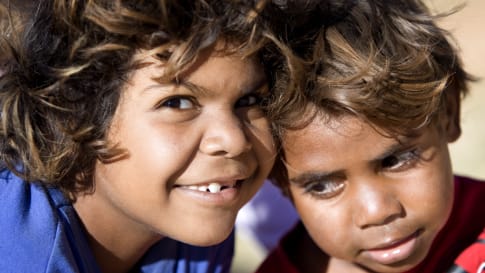
Aboriginal Kinship systems
Article about Aboriginal kinship to assist small group tours in Australia understanding Ancient aboriginal society and the contemporary view. Kinship influences the relationships including aboriginal trading routes.

Ancient Aboriginal trade routes of Australia
Ancient Aboriginal trade routes of Australia Trade was a central part of life for Aboriginal people prior to the British settlement of Australia. Trading routes criss-crossed the nation, dispersing goods, information, technologies and culture thousands…
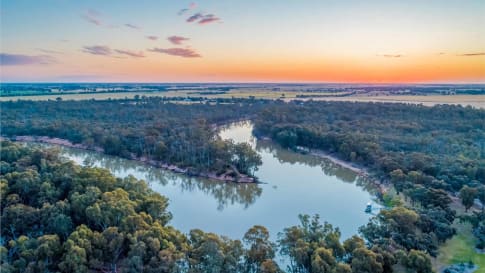
Appreciating Australian River Systems
Appreciating the linking of the river network into the Australian, history, culture and landscape on a small group tour for mature and senior travellers of couples or solo travellers is an integral part of understanding the continent of Australia and Aboriginal settlement.
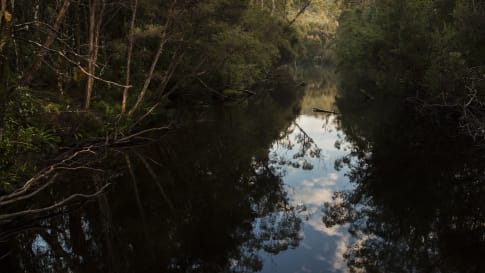
Ice age archaeological sites of the Tasmanian Wilderness World Heritage Area, Australia
Ice age archaeological sites of the Tasmanian Wilderness World Heritage Area, Australia The Franklin-Gordon Wild Rivers National Park is one of the most remote places in Australia, a wild labyrinth of winding gorges, rushing rapids,…

Landscape of Southern Australia from Mallee and Mulga.
Escorted small group tours for mature and senior travellers in Western Australia, Victoria, South Australia & NSW drive through former Mallee country. Article explains the iconic beginnings of Mallee and Mulga in the arid landscapes.
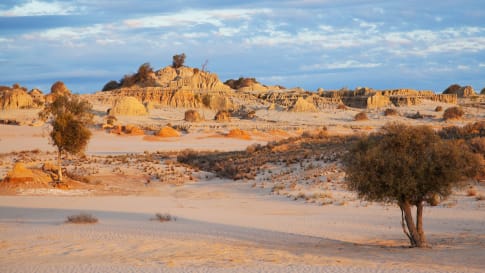
Mungo Man and Mungo Lady, New South Wales
Part of a small group tour of World heritage sites on Victoria, NSW & South Australia for mature and senior travellers. Learn and explore in the Mungo National park about Aboriginal settlement and the fauna and flora of this National park.
Questions about Australia for senior travellers
Questions About Australia for senior travellers Odyssey Traveller specialises in crafting unforgettable experiences for senior and mature-aged travellers interested in learning as a couple or as a solo traveller when they travel. Providing adventure and…

The Arrival of Aboriginal Australians on the Continent
Tracing Aboriginal history via an outback small group tour for mature and senior couples or solo travellers provides an intriguing learning platform about Australia, rock art, trading and culture that traces a history possibly some 120,000 years ago.

Uncovering the ancient history of Aboriginal Australia
For small group escorted tours of Australia in Queensland, Victoria, New South Wales, South Australia, Tasmania, Western Australia and the Northern Territory a guide on Aboriginal culture for mature and senior travellers.

Understanding Aboriginal aquaculture
Aboriginal communities had the ability to harvest fish some 20,000+ years ago. Creating major centres of trade and cultural exchange, and supported permanent communities. Discover and learn more on a escorted small group package tour to Victoria, South Australia & Queensland for mature and senior travellers, couples and solo travellers interested in learning.
